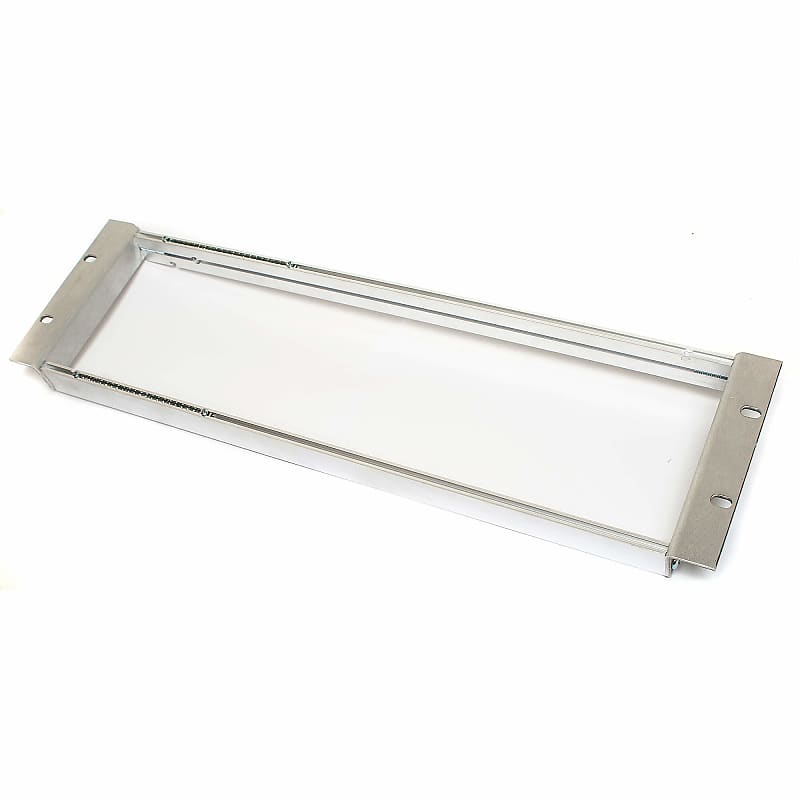So within the last year, I saw the Moog Subharmonicon demos, and decided that this is something I really really wanted to experience for myself. Then, per my standard response, I went all in, obtaining the Subharmonicon, then the DFAM, then the Mother32. “But wait,” you’re thinking, “that’s not modular, that’s semimodular!” Yeah. I know. Believe me, I know. But it’s close enough to have given me the bug.
I started looking at modular setups. Going fully modular can be really, really expensive. Anything beyond a minimal setup starts at maybe $1000 and goes way, way, way up from there. It’s difficult to imagine how people afford some of the rigs they’ve put together.
But recently, Winterbloom opened up preorders for a module I’ve been watching the progress on — the Castor & Pollux module. I like it because (a) it’s unique — I don’t think there’s another module like it; (b) it has functionality I think I’ll truly enjoy, rather than just utilitarian modules that you simply have to buy if you go fully modular; and (c) it’s open — I can decide to use the ins, outs and knobs for different functionality than originally intended, and it’s DESIGNED to be that way. So I’m excited about it, and placed a preorder. Oh, and (d) it’s fucking beautiful, visually.
Here’s the difficulty. I don’t have ANY Eurorack modular gear yet, and at the very least I will need a housing and power. So I weighed my options. I could go with a Moog 60HP case that will aesthetically match the three Moog semimodulars I have now — about $90 for the case, plus the cost of a power distribution module for it. I could shell out hundreds for a powered or unpowered Eurorack skiff. I think most of them are drastically overpriced for what they are.
What I settled on was a DIY solution, which isn’t TRUE DIY, but also happens to be the best budget solution out there for getting started in Eurorack.
Years ago, I built a DIY Ikea 19″ rack. I probably posted about it here. It’s 6U of rack connected to an Ikea side table. I recently retired it and offered it to my friends, and nobody took me up on it. Good thing. When I started looking for 19″-rack compatible Eurorack housings, I found that Synthrotek offers one for just over $30. An 84HP 3U rack with ears, compatible with 19″ racks, for just $35. And then I found that Behringer offers a decent power module for Eurorack (the CP1A) which can be found for well under $100, including flying bus board and a wall wart to power it. So I get to recycle my DIY Ikea rack and start filling it with Eurorack modules as the whim hits me.
I also decided that I can’t have a Eurorack with only power and Castor & Pollux. I needed something else to round it out. So I went with another module kit that I’ve had my eye on for a while. I need a source of “randomness” that I can use with any of my semi-modular gear, because it suits my style of synthesis. So I ordered a “Sauce of Unce,” inspired by Buchla’s Source of Uncertainty. I’ll have to assemble it myself, including soldering components, but it’s worth it.
I may ditch my most recent effects pedal as well, the Source Audio Collider, in favor of a Eurorack reverb unit. Pedals take up unnecessary surface space if they’re on the desk, and you can’t see them or work them easily if they’re on the floor. I like the Collider a lot, but the available Eurorack reverbs almost had me make the jump to modular when I was making that decision. Fortunately, when you buy the good shit, it holds its value.
It’s a slippery slope, but for better or worse, I’m on it.


